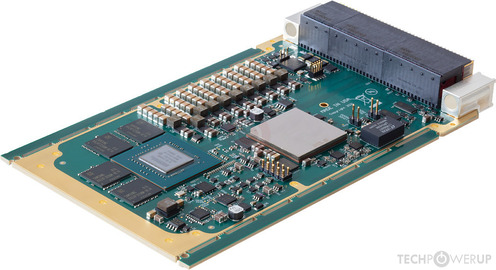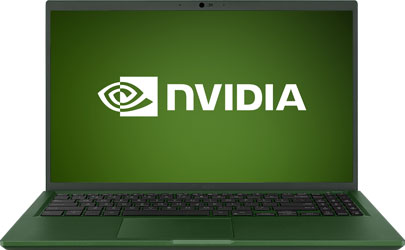PS4 and Xbox One also happened to be 3 and a half years old when Switch launched, which was right before sales of both of them were beginning to slow down (PS4 went from ~20mil sales in CY 2017 to ~13mil the next year and continued sliding until the PS5's release), which meant that consumers were interested in new hardware but Sony and Microsoft were in little hurry to offer anything. Meanwhile, when they finally did, they were rare as hen's teeth and high targets for scalping through their entire first year, a trend likely to continue through to 2023.
While a lot of kudos go to Nintendo for an outstanding product, the conditions which it entered the market and market conditions through its life were also VERY favourable to them and it's worth considering not taking those conditions for granted as always being there.
Market conditions have allowed them to take advantage of the situation and continue selling Switch at its current price. And y'know, business wise, I can't fault them for that, especially when they made it plain that Switch's market strategy was "let's use this hardware cycle to make up as much of the money we lost from our previous hardware cycle as possible", which wasn't exactly small potatoes, if anyone happens to recall. So it's doing precisely what it's meant to do in Nintendo's eyes.
FY2021 will mark the first decline in yearly hardware shipments, and while it's super-easy to blame ALL of that on production challenges, Nintendo will not be so short-sighted as to think that's the only possible reason. Nintendo's projections have their sales for the second half of their FY at 15.72 million units. Coupled with the fact that Nintendo makes conservative estimates so that they look like achievers to their investors, should they miss their forecast, it will mark a downturn in sales beyond what can be blamed on shortages. And despite a lot of bullishness from several people, that's not a guarantee, but I don't know if getting into the real nitty-gritty of sales data is what anyone wants from this thread any more than I've already provided.
And about pricing... well, to us in the enthusiast set, $100 is no big deal, but you don't sell 27 million units of hardware in a year to enthusiasts alone. Also, what is realistically or logically not a big difference in price and what is perceived to be a big difference in price are 2 different things. We live in a world where a penny off a price tag psychologically tricks us into thinking something's cheaper than it is, one should not discount the power of perception. I've been setting retail prices for the store I help operate for the better part of 3 years now and... yeah, that shit isn't as simple as some think it is.
The object with new hardware is to keep and expand your marketshare, not take it for granted. And with the next hardware lacking some of the attendant advantages Switch had during its cycle, being all "oh yeah, $400, the market will absolutely and unquestionably accept that" isn't being mindful of everything that goes into a price determination and consumer price perceptions.





